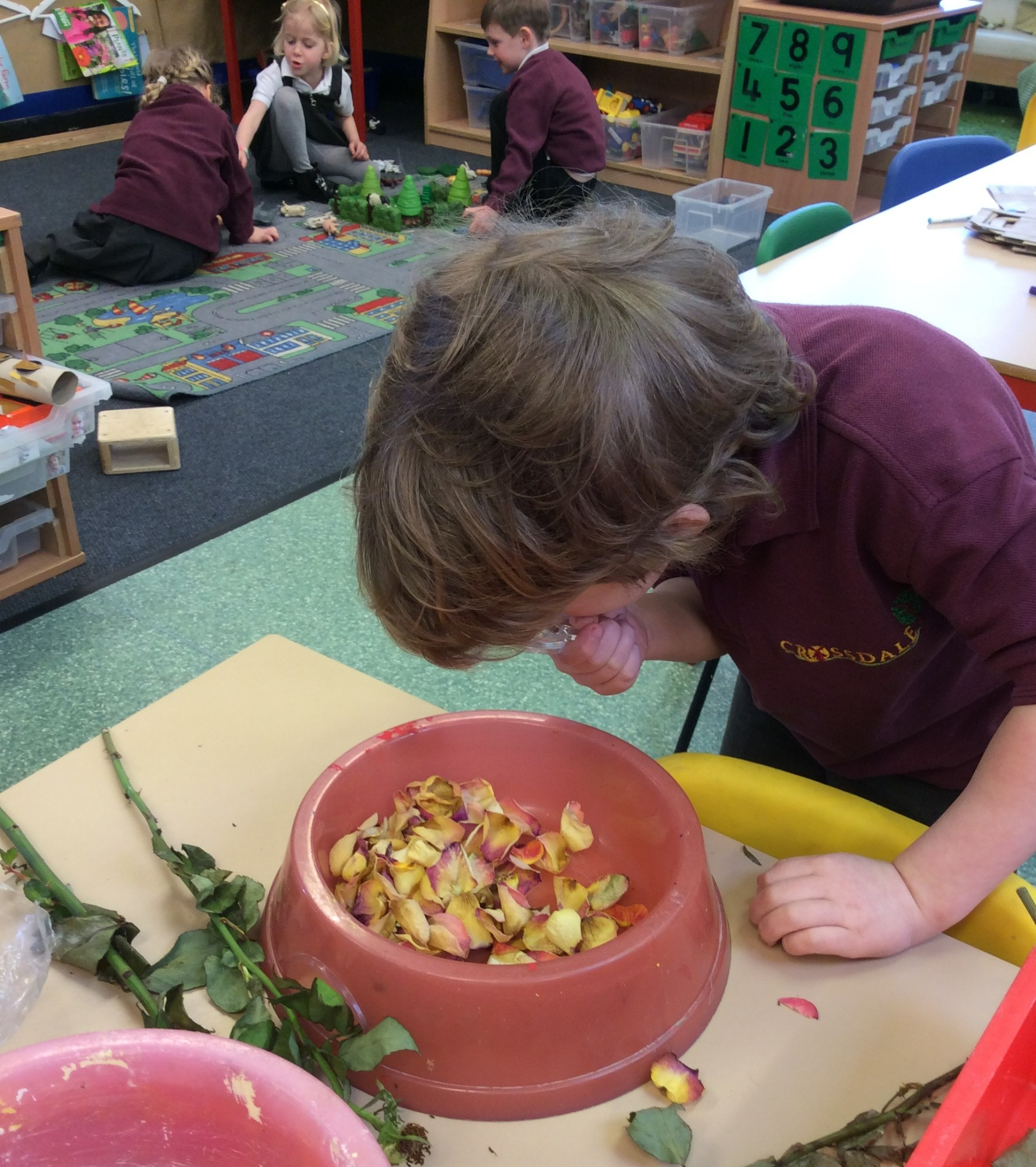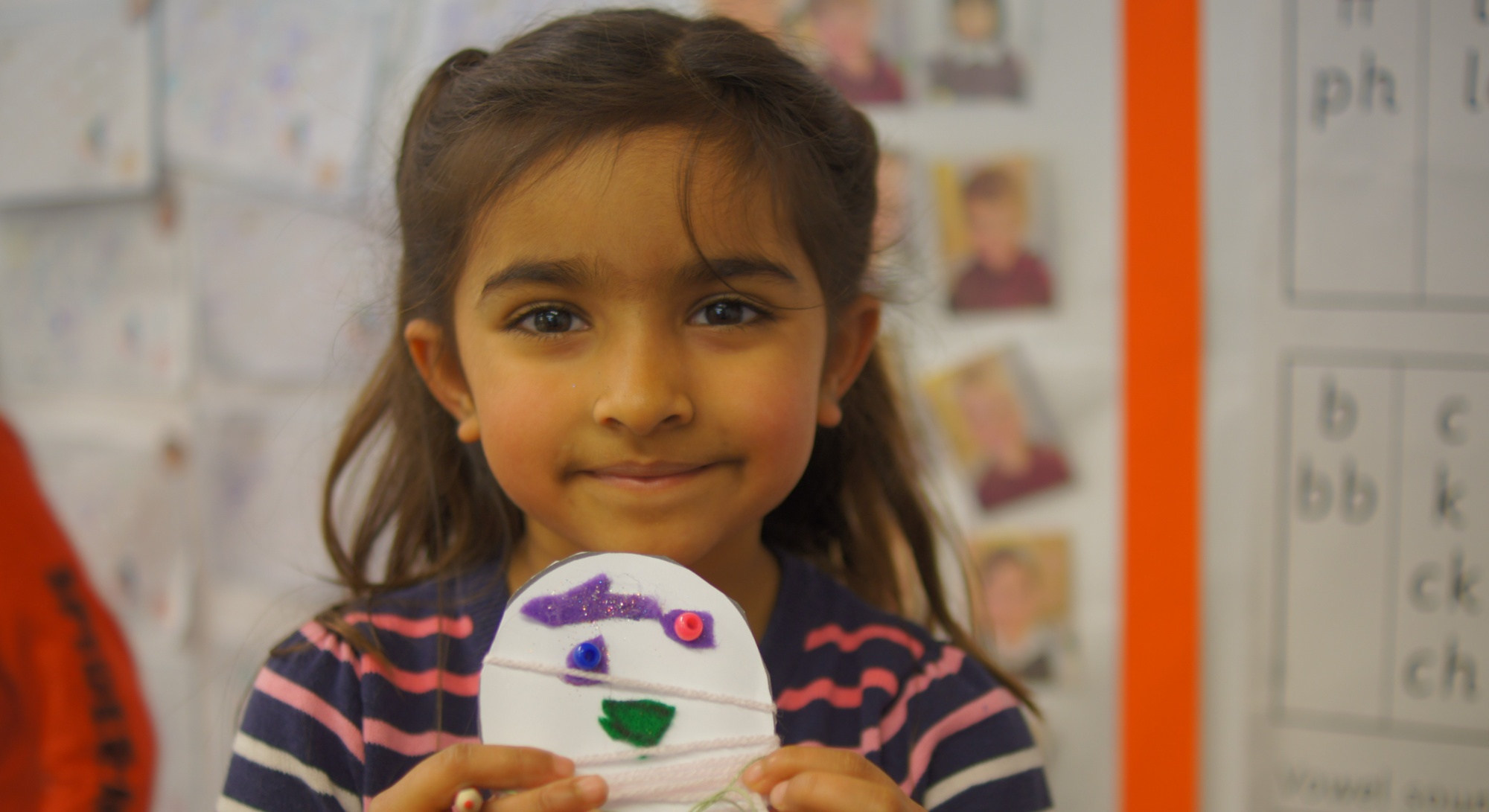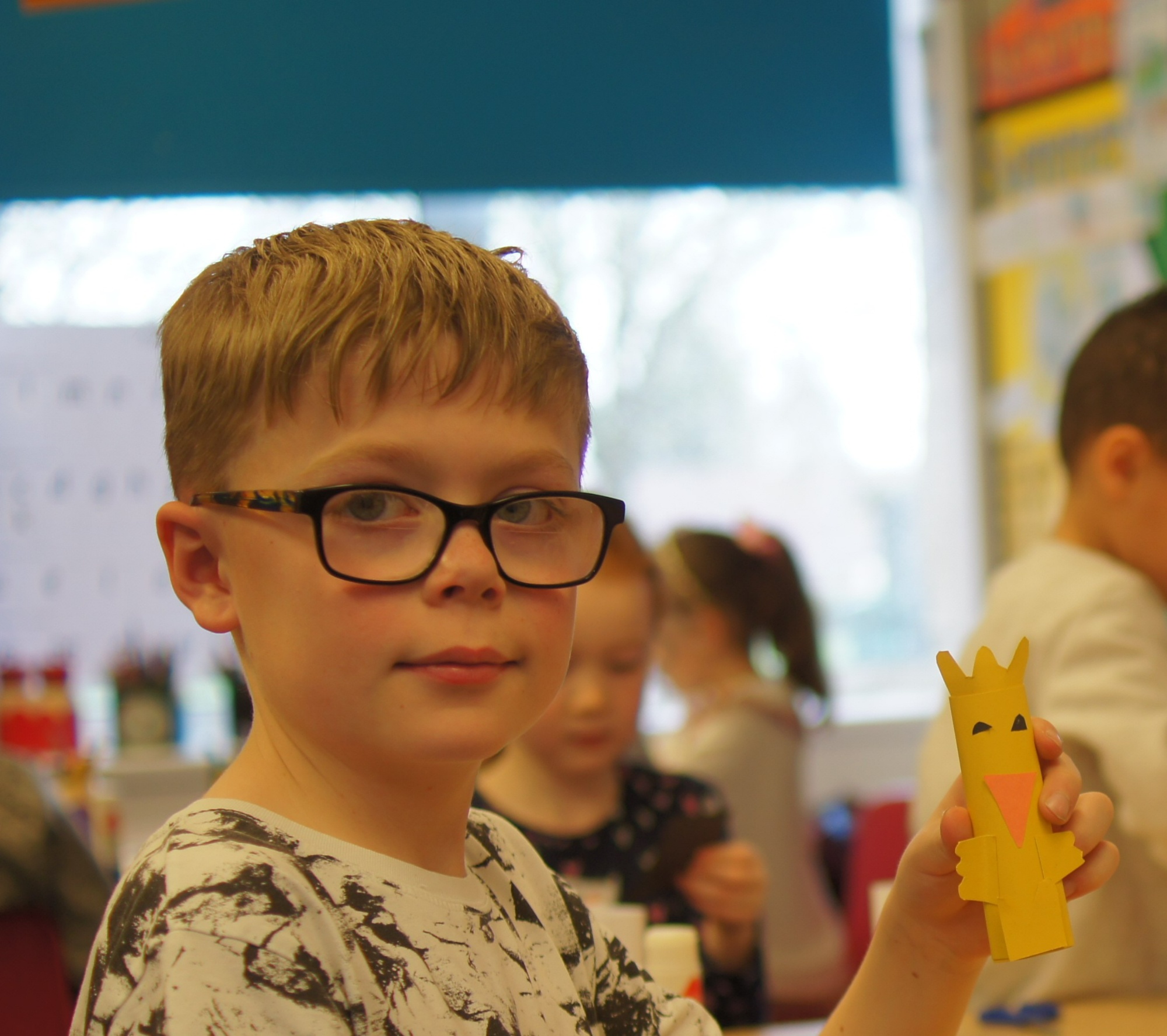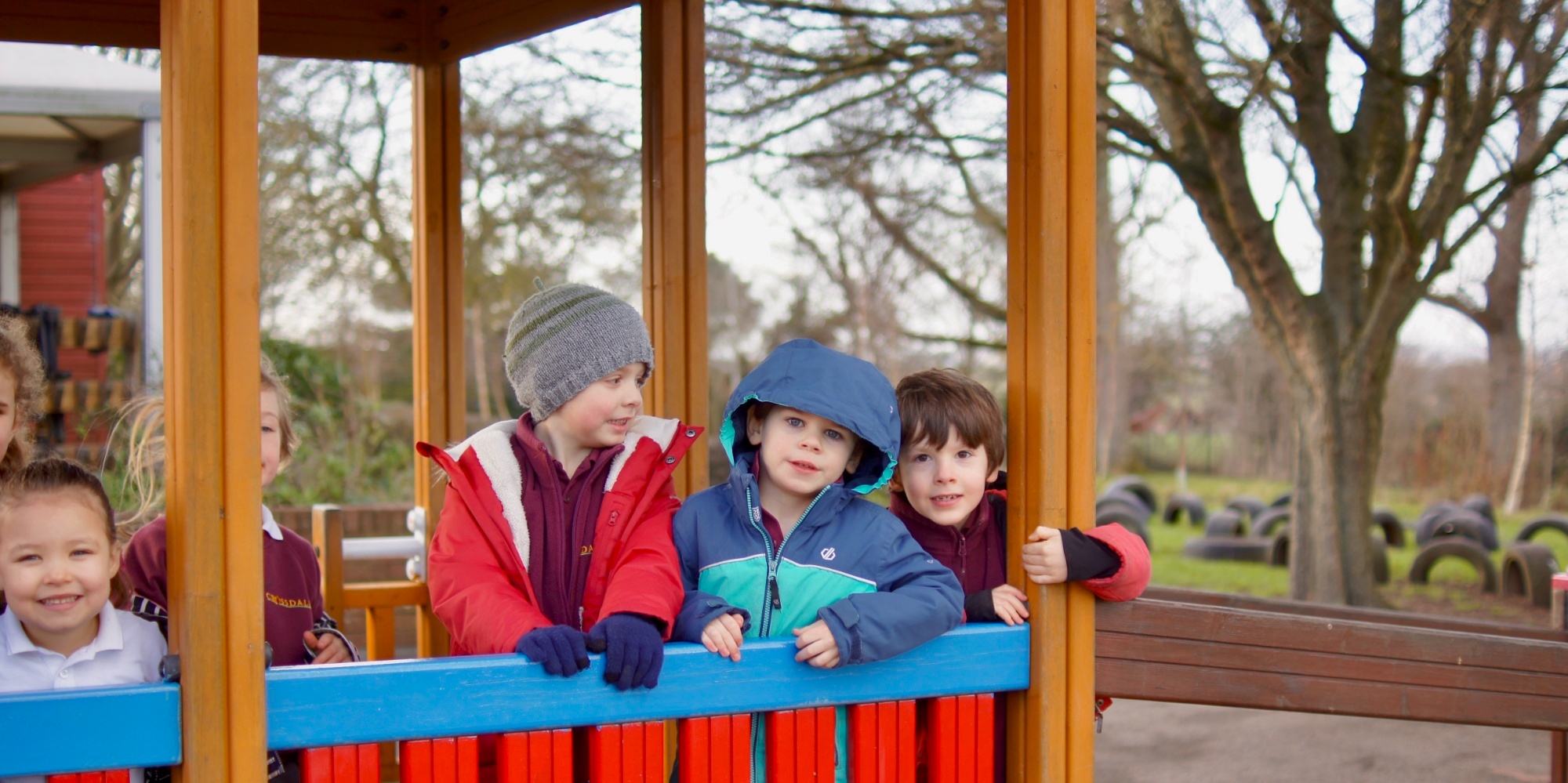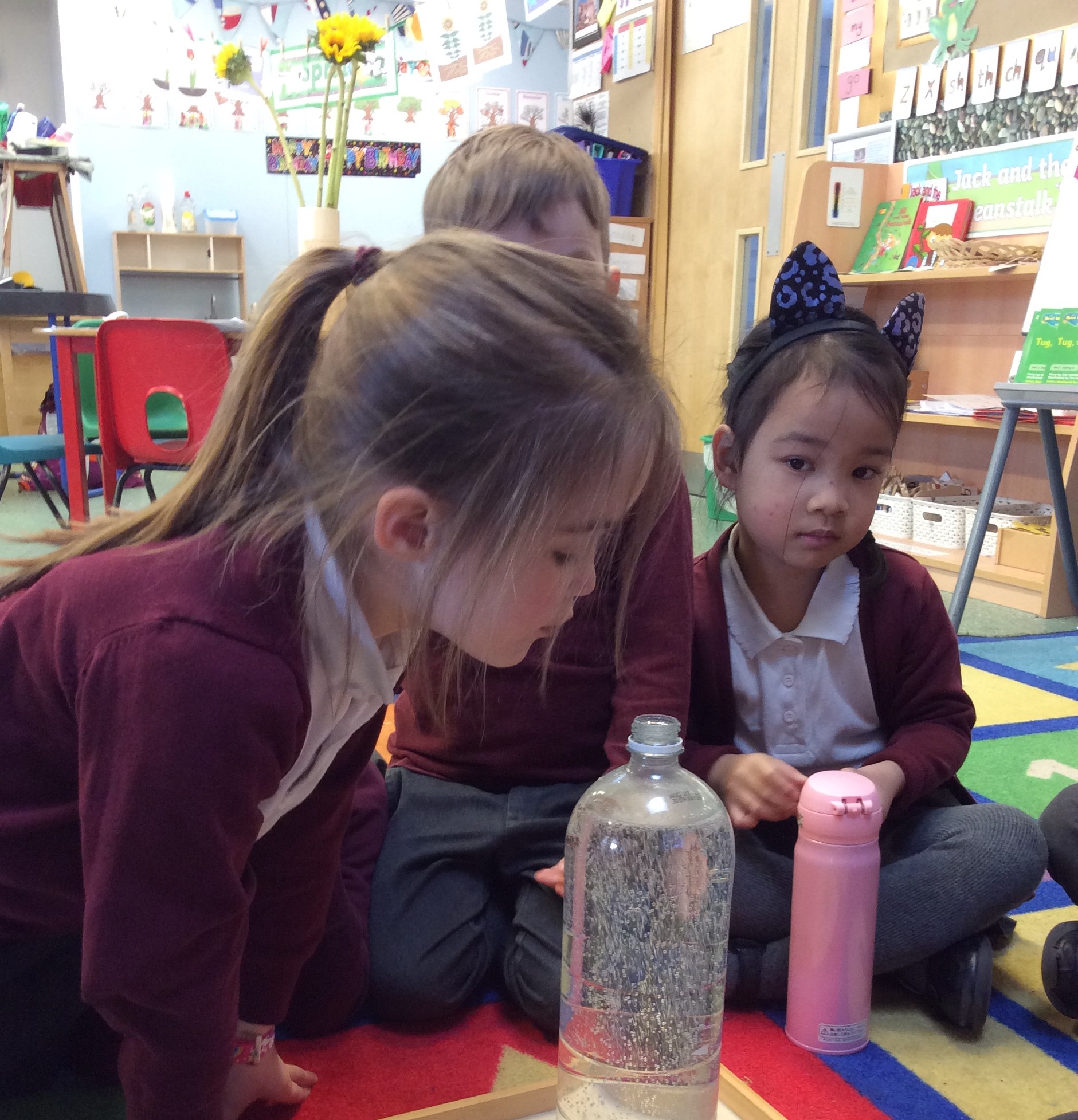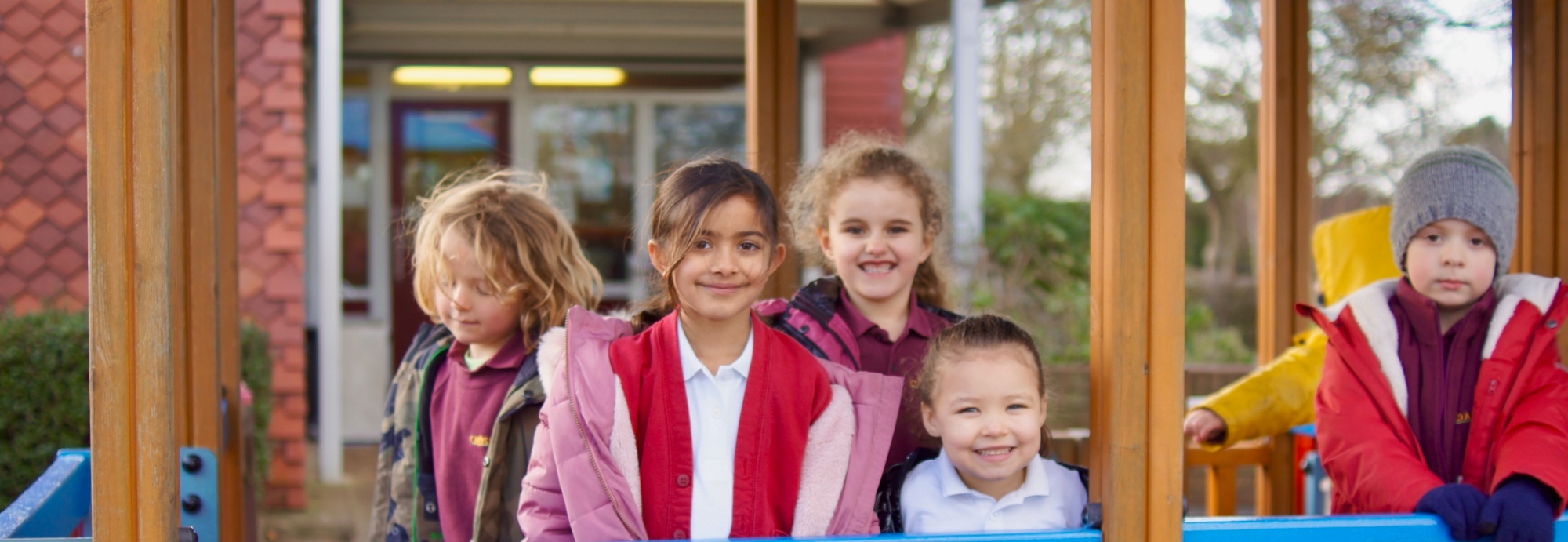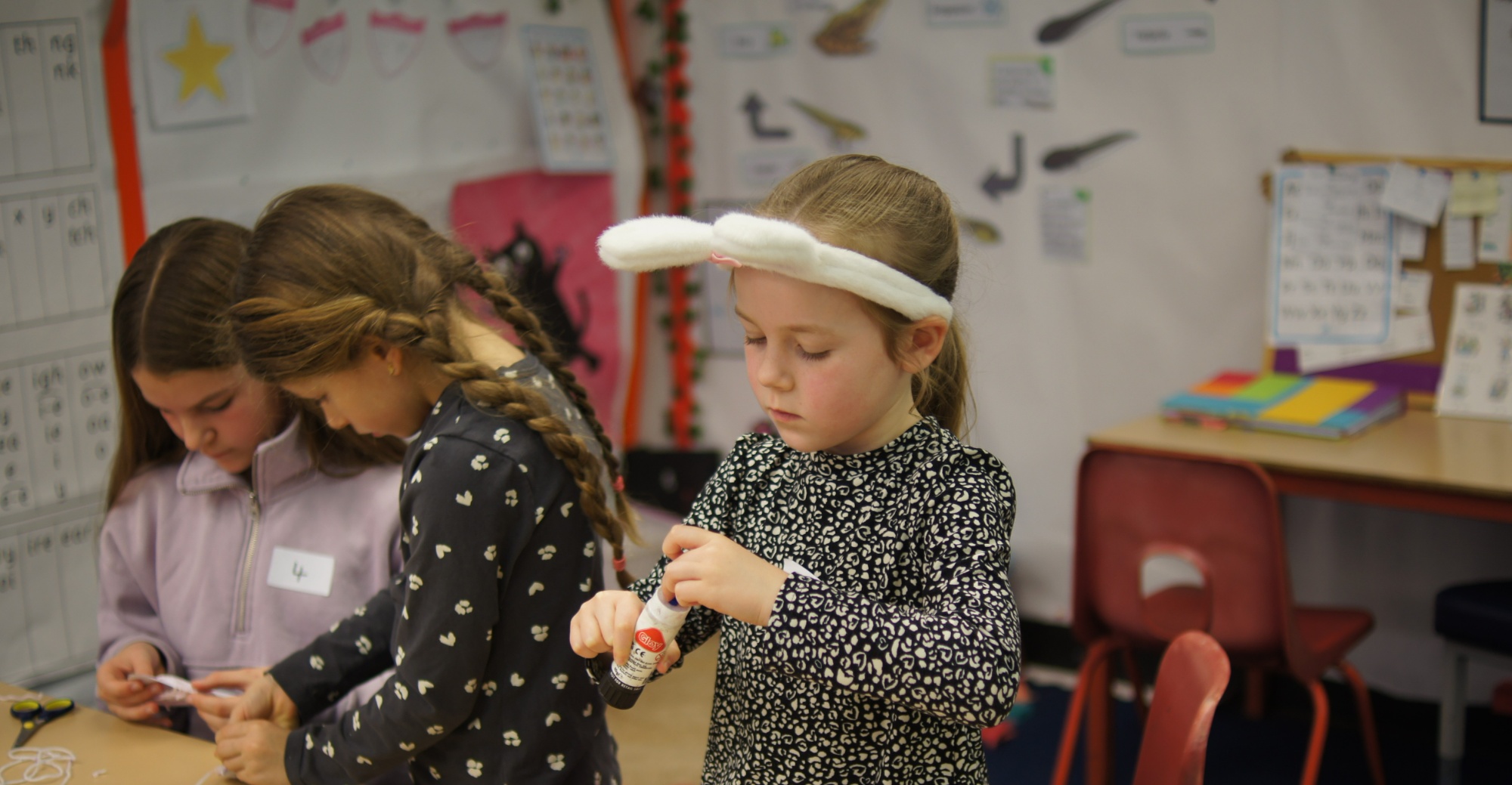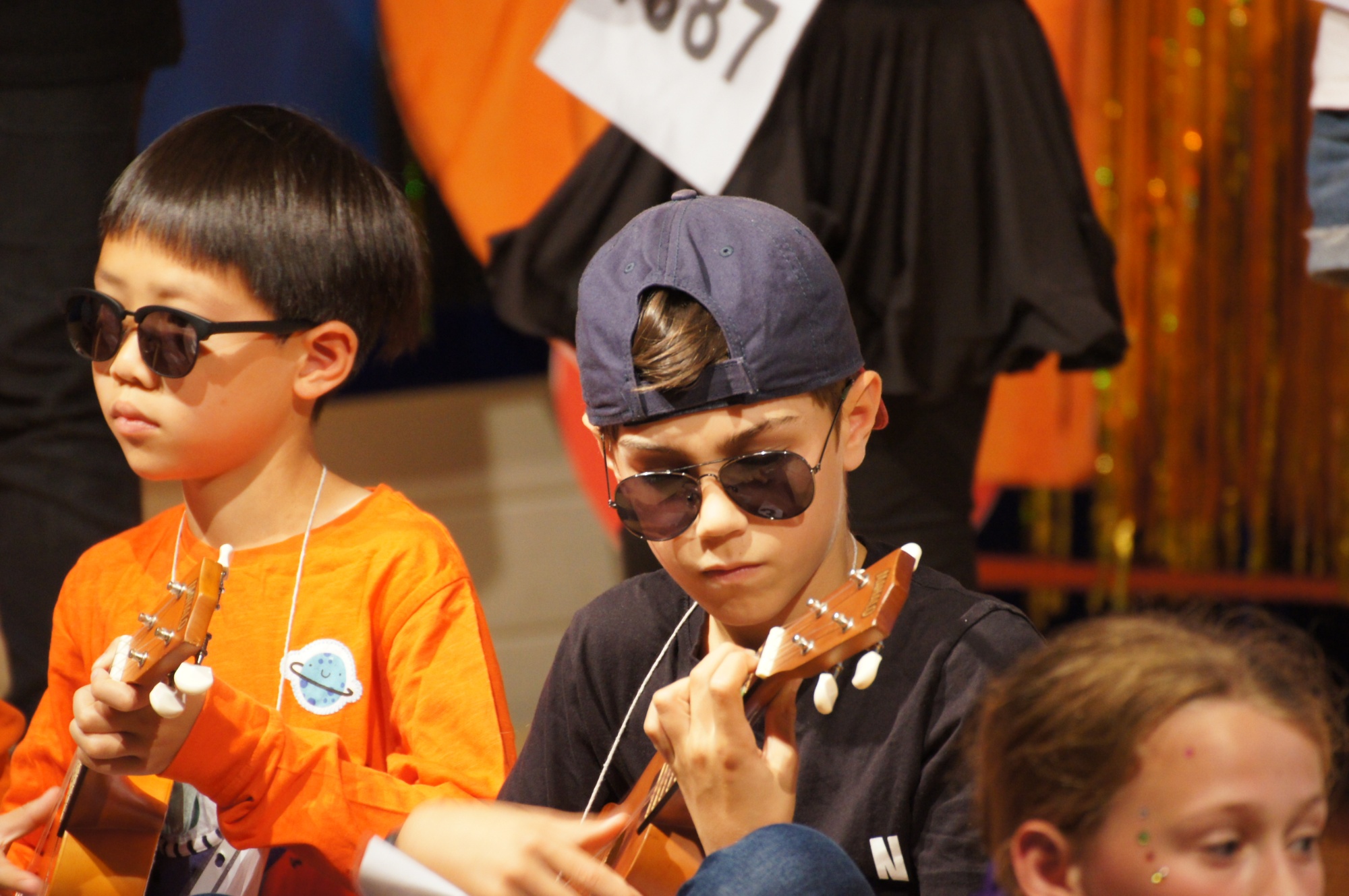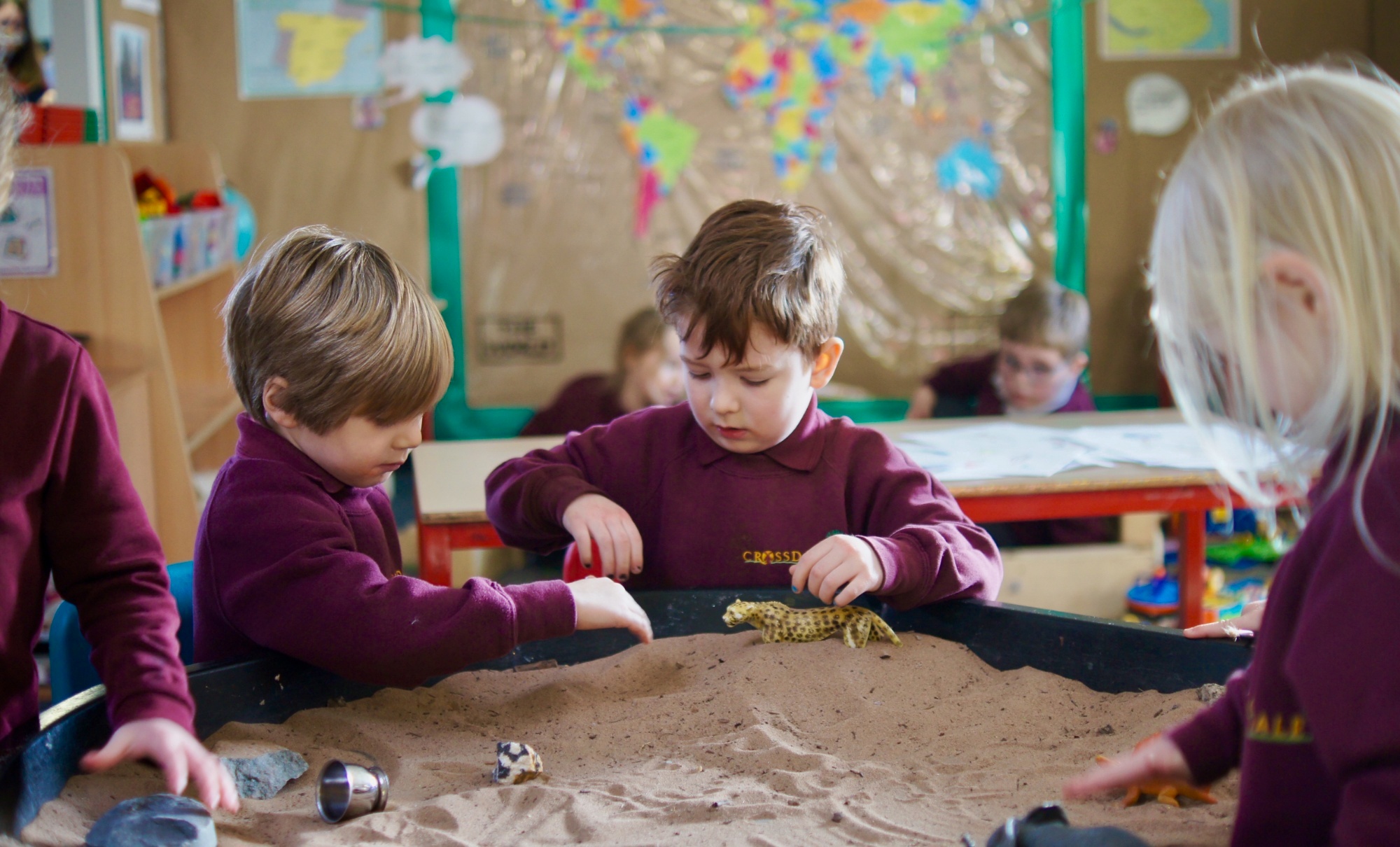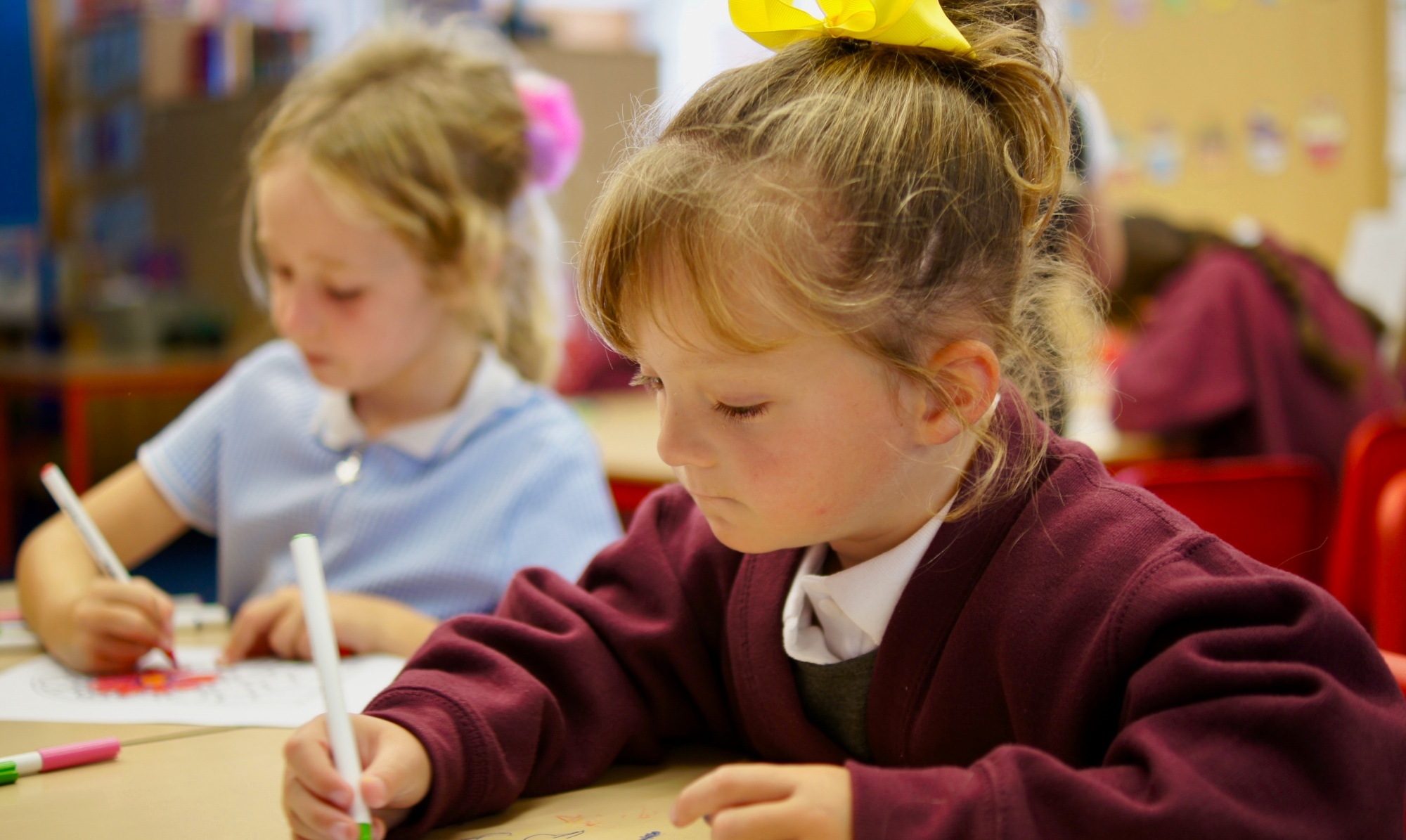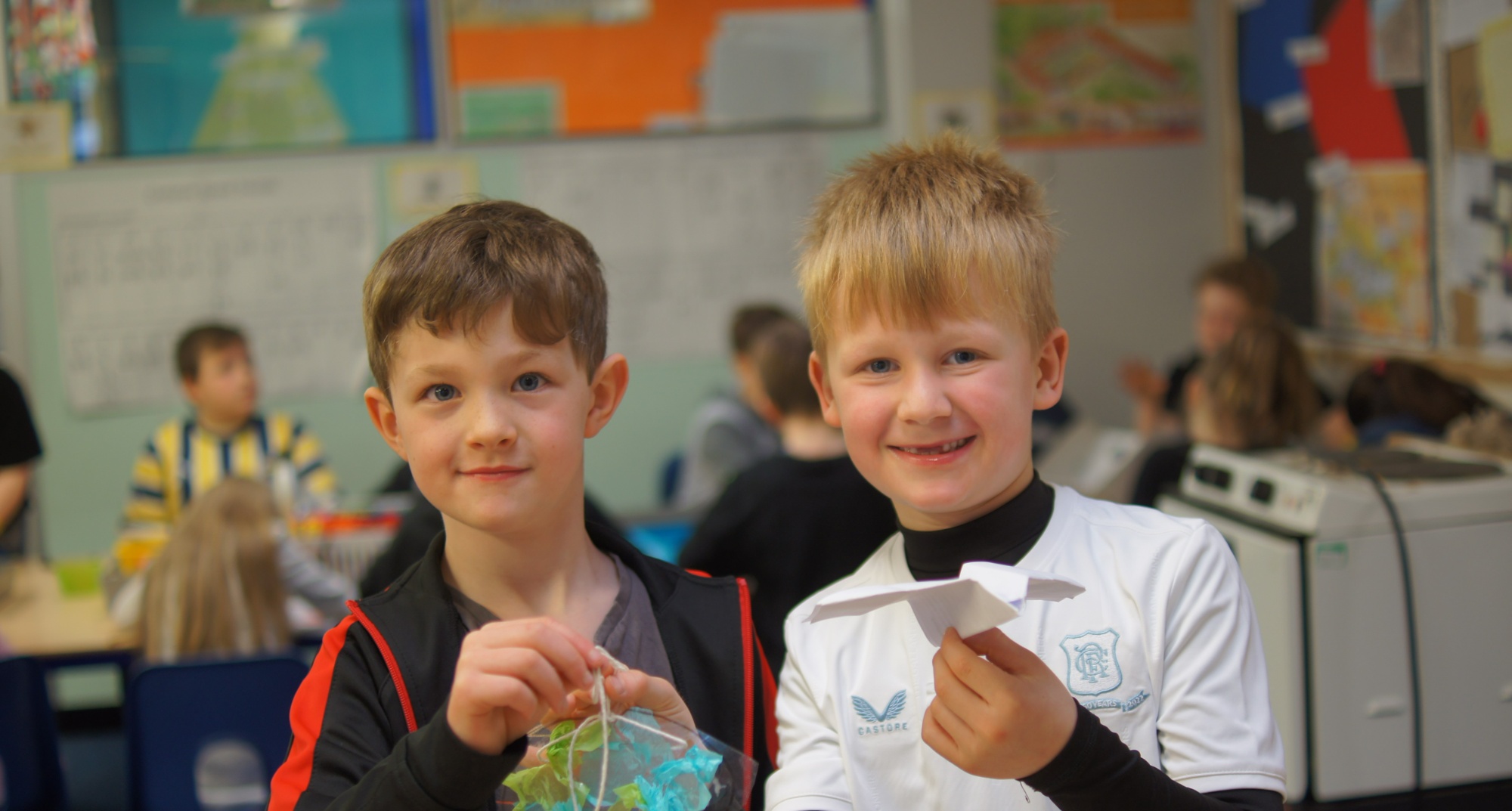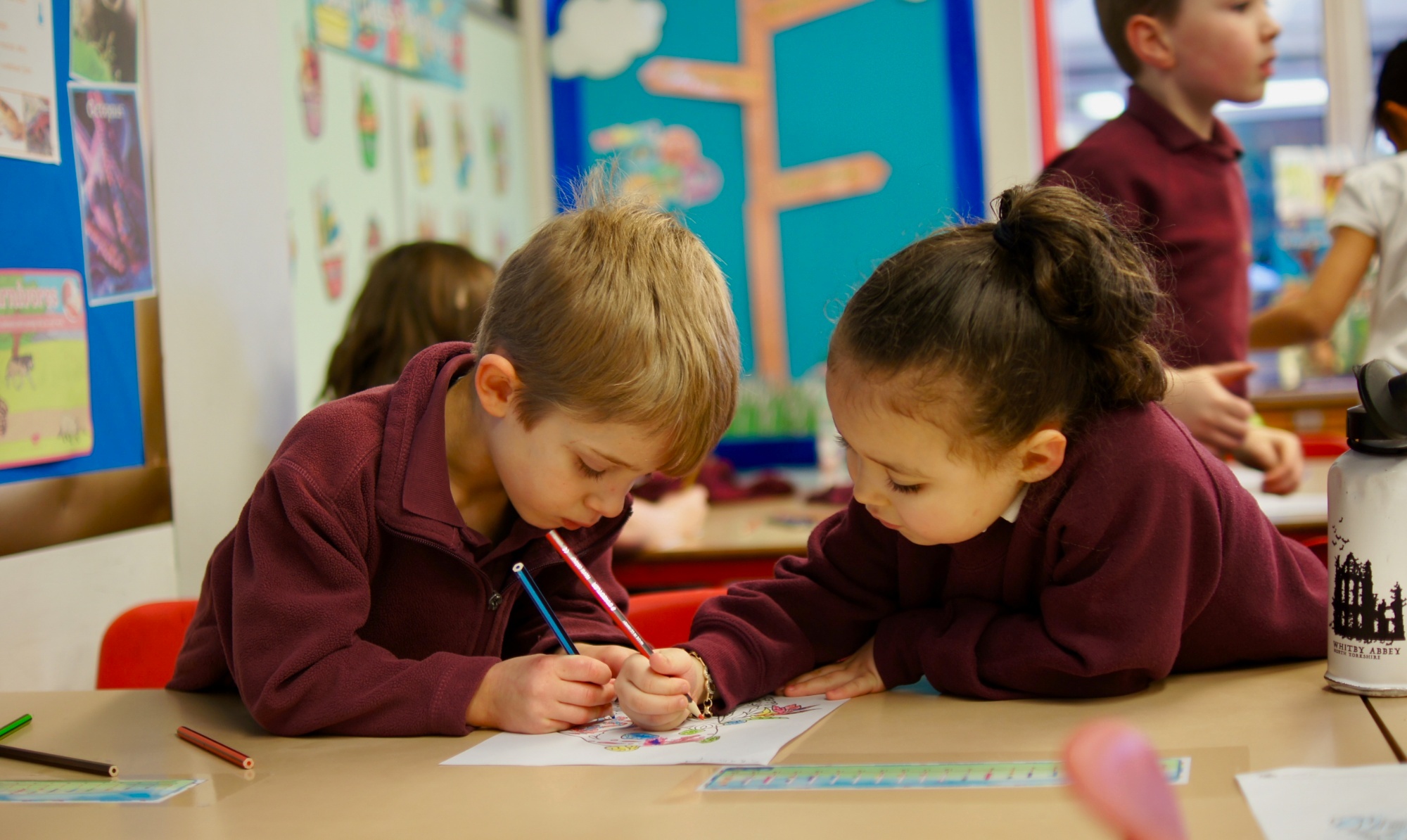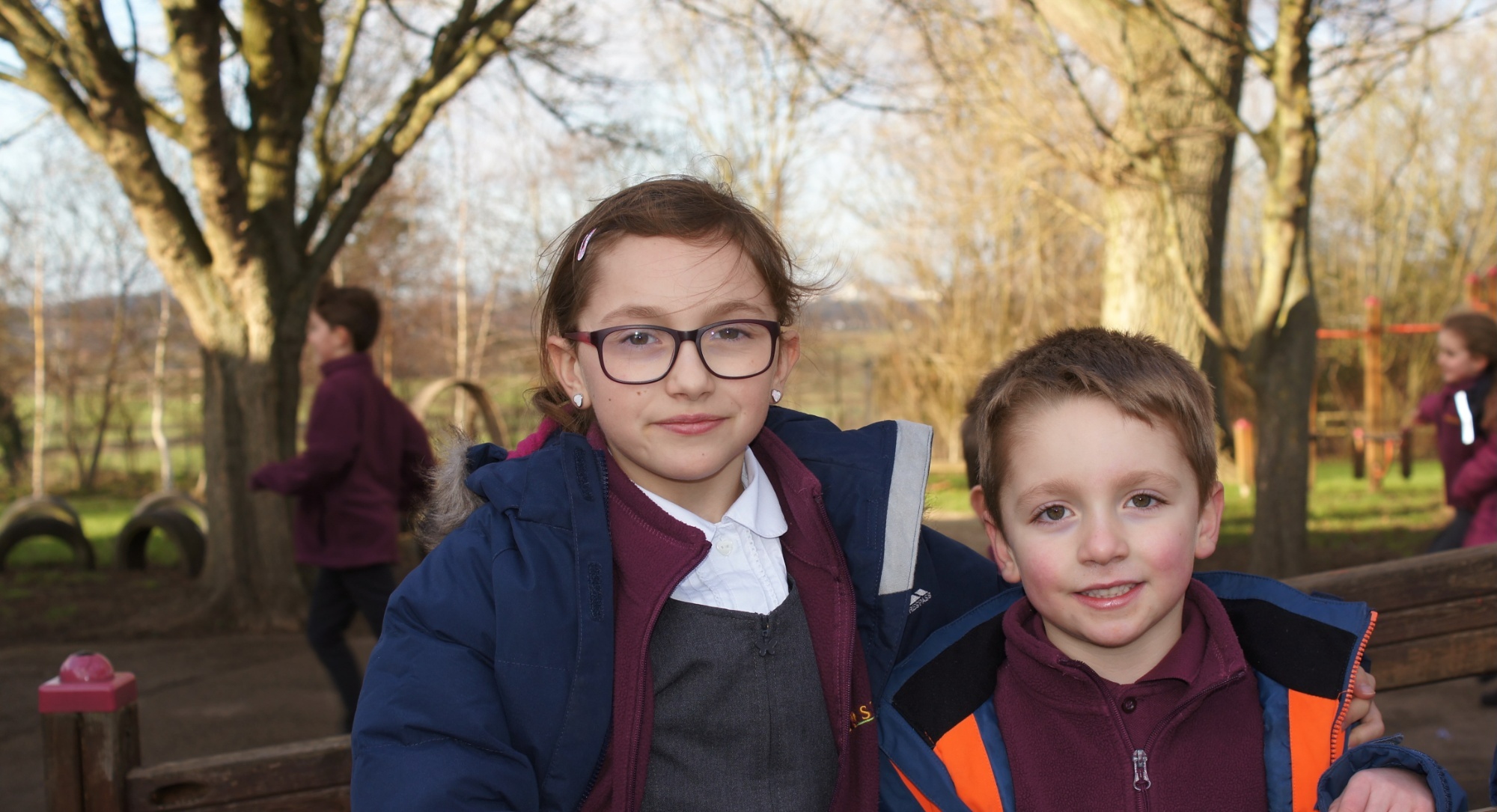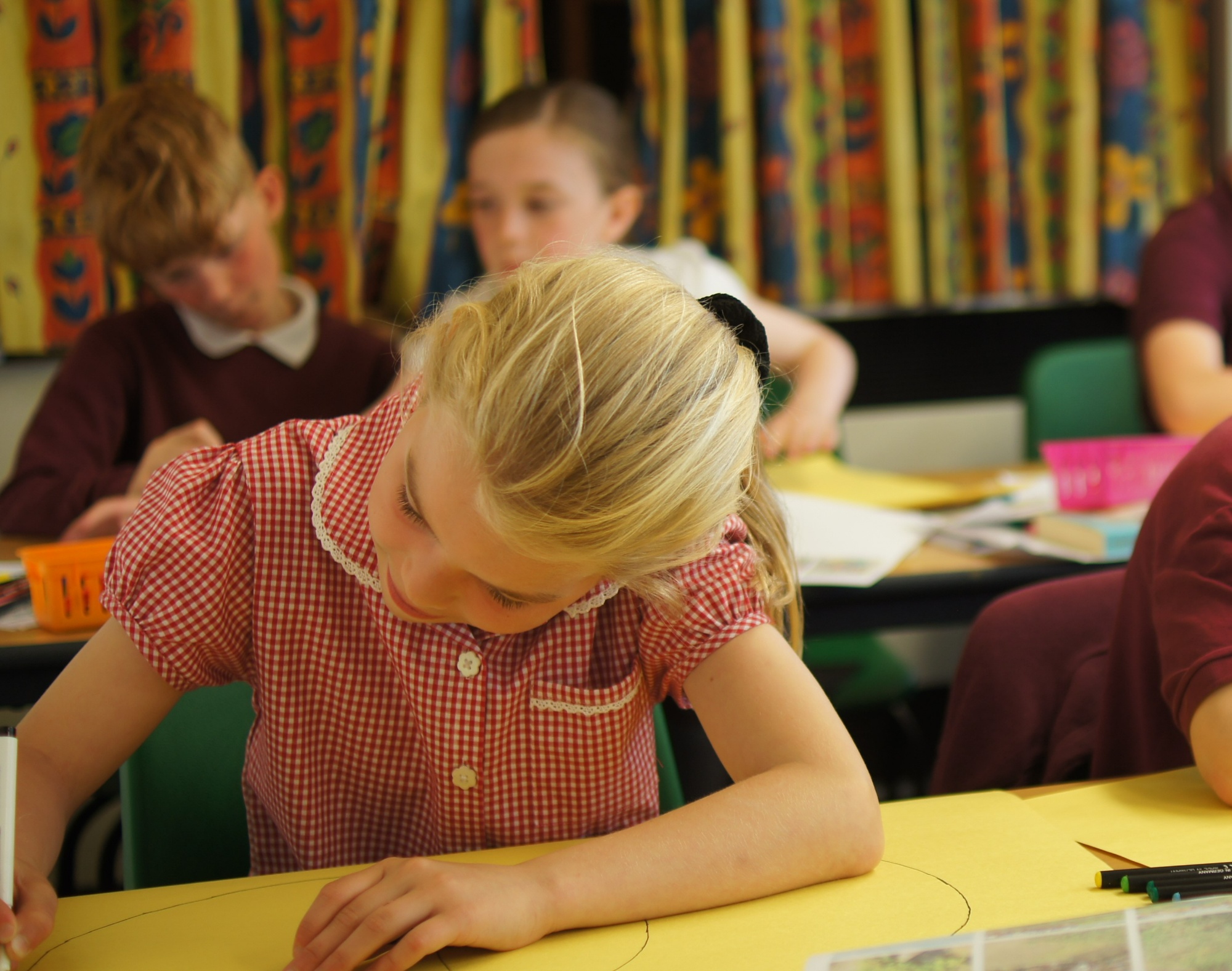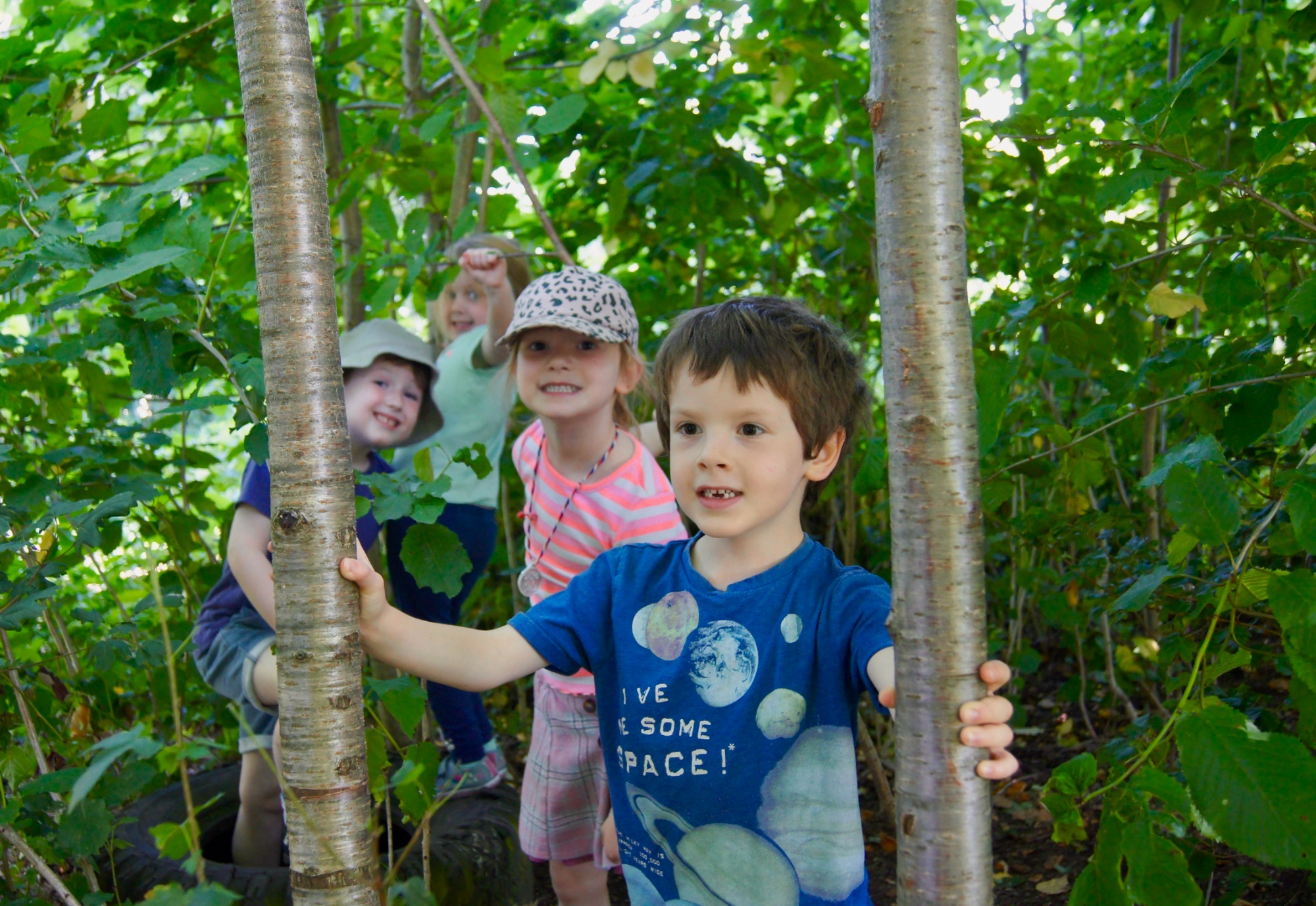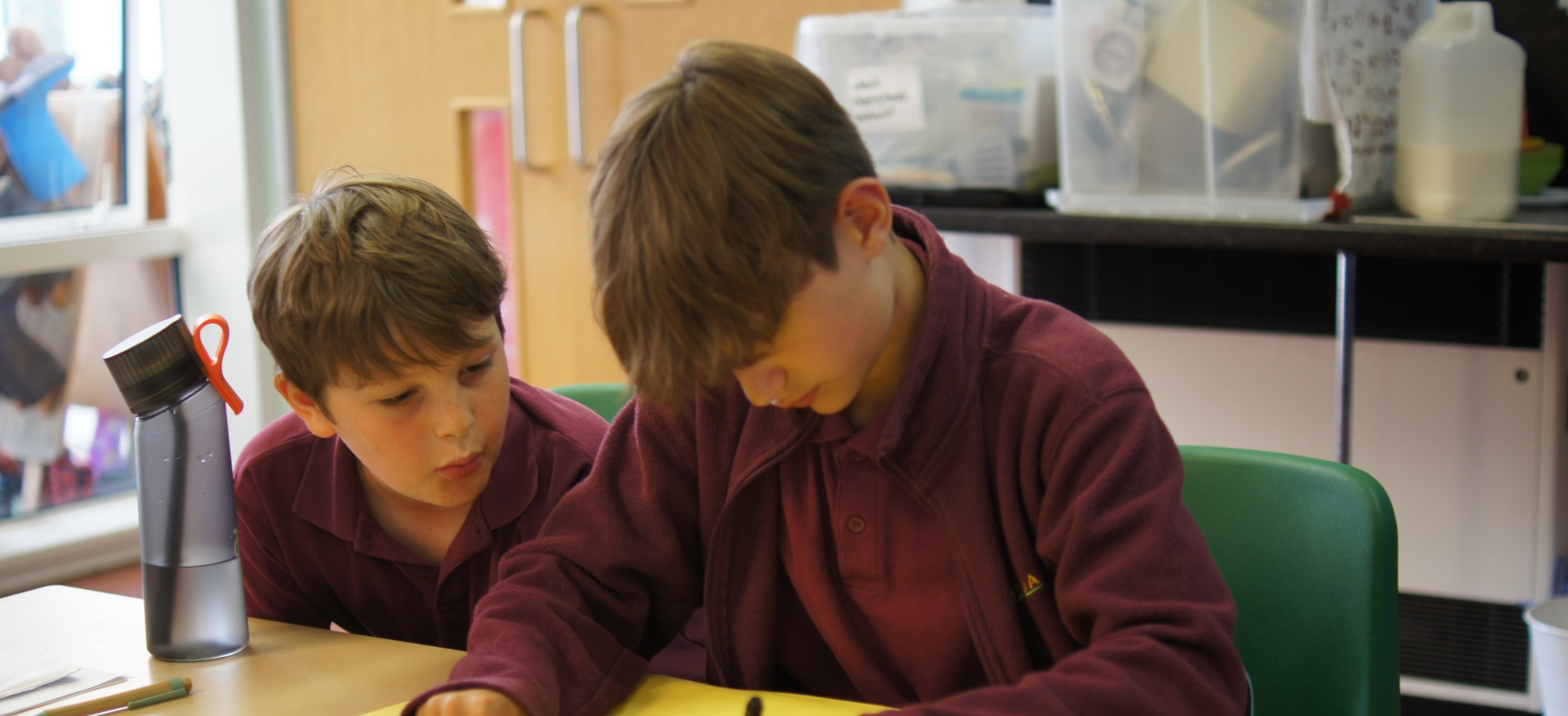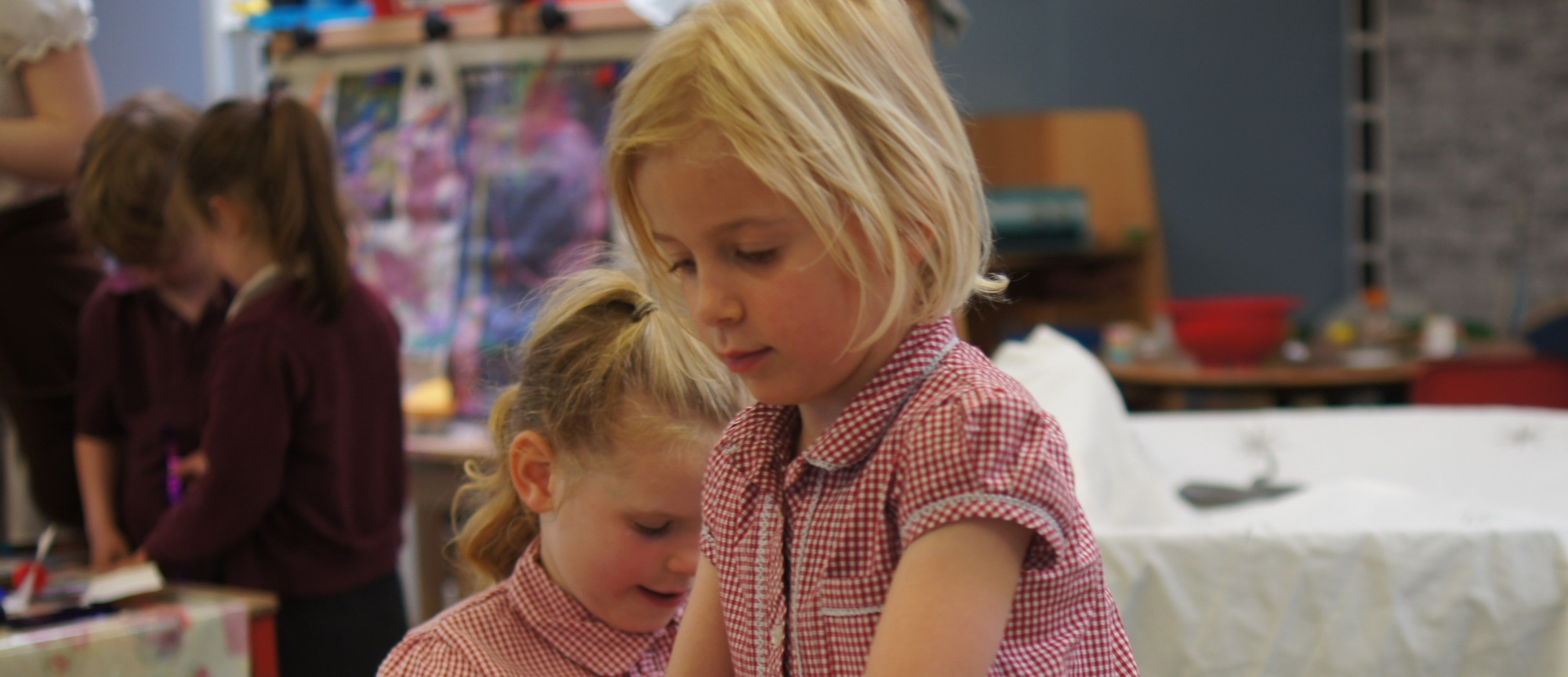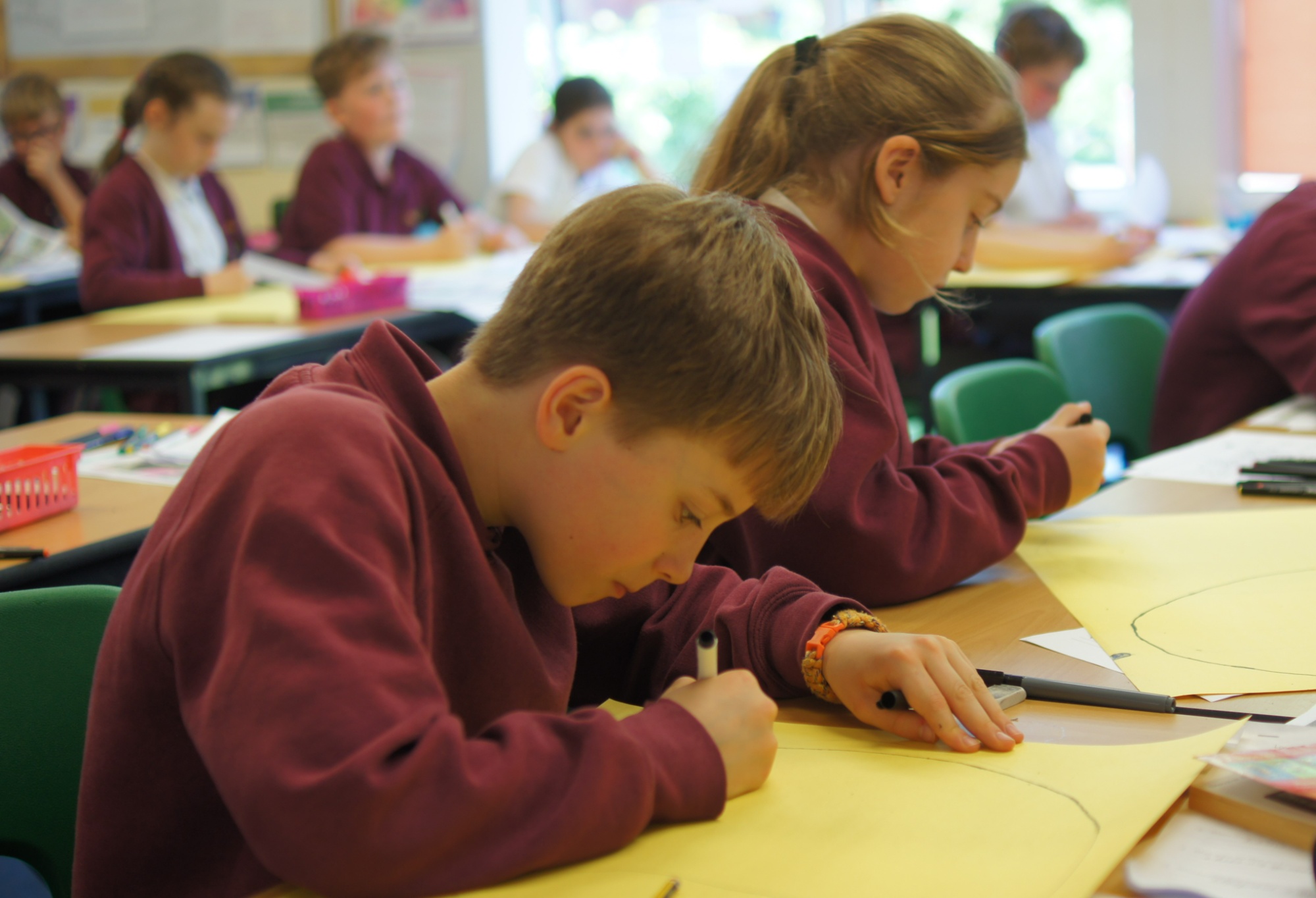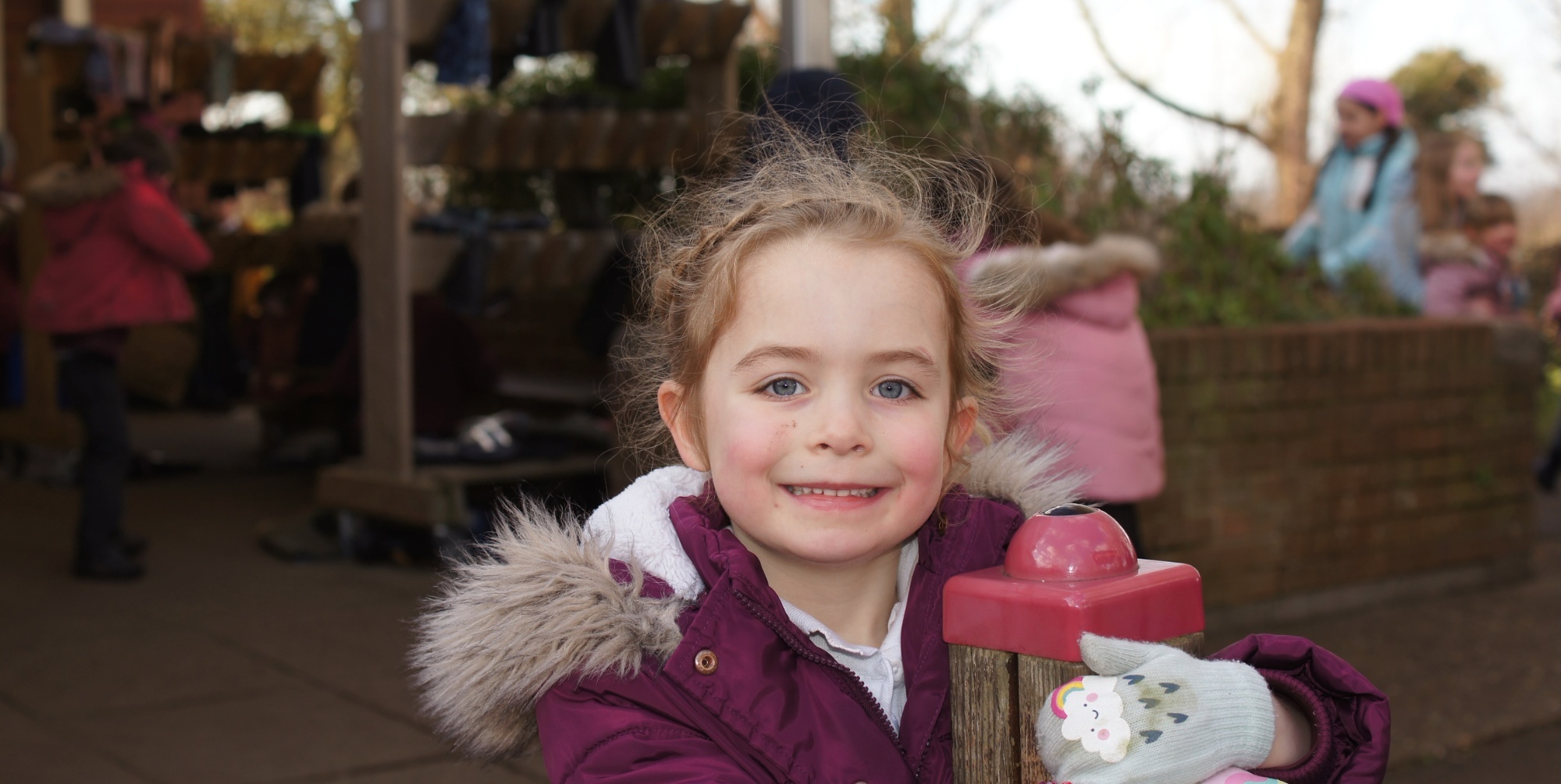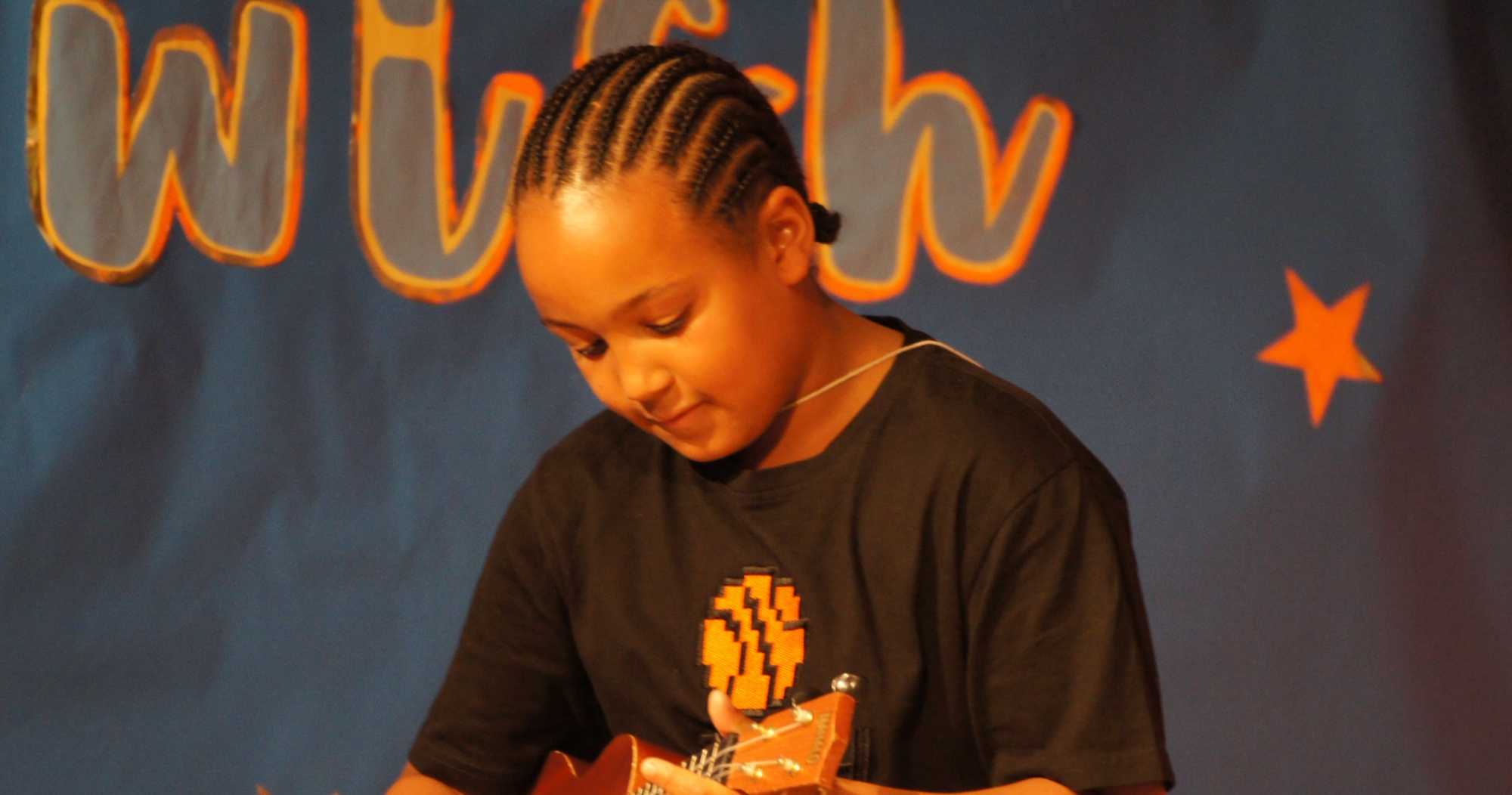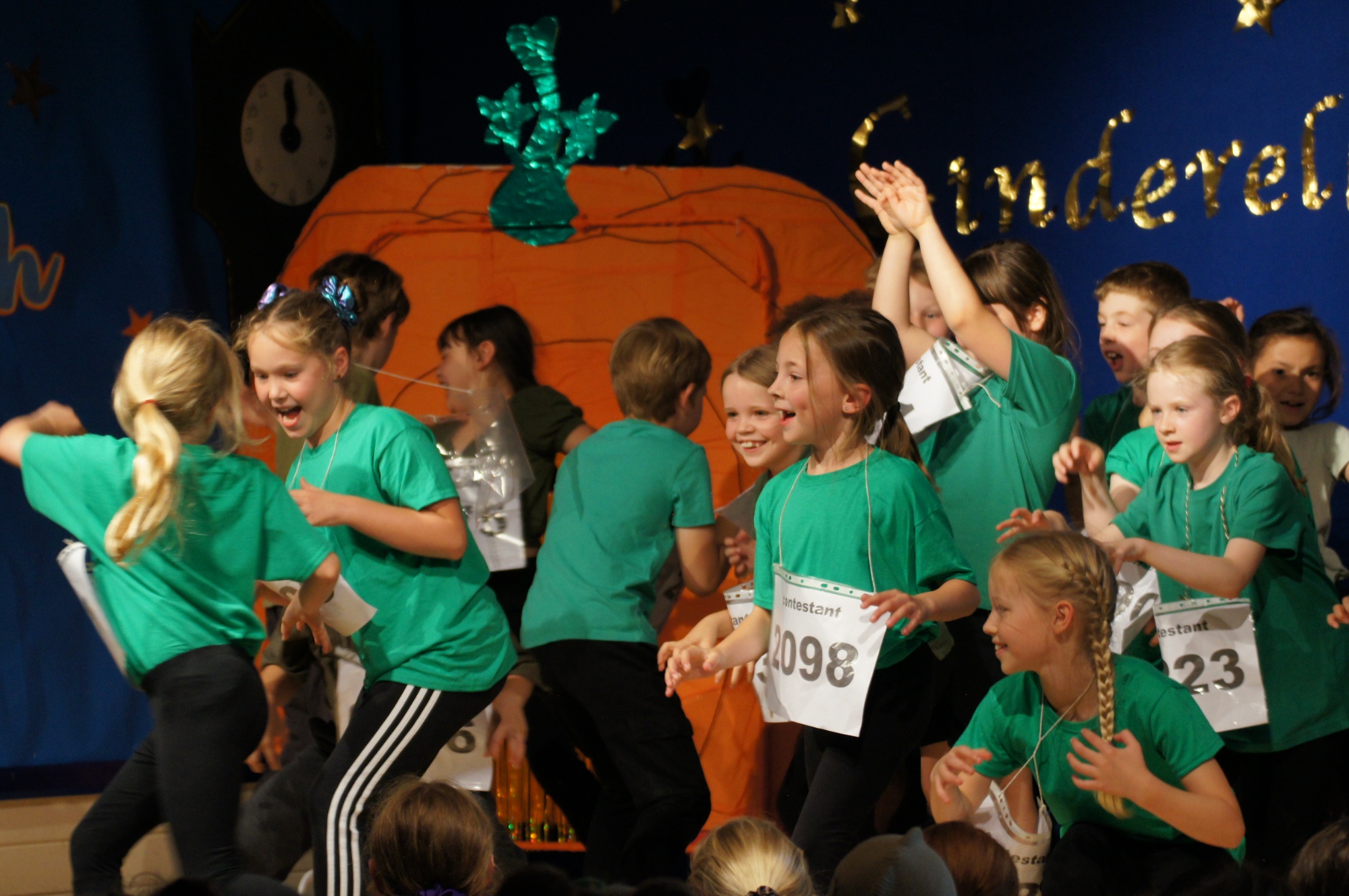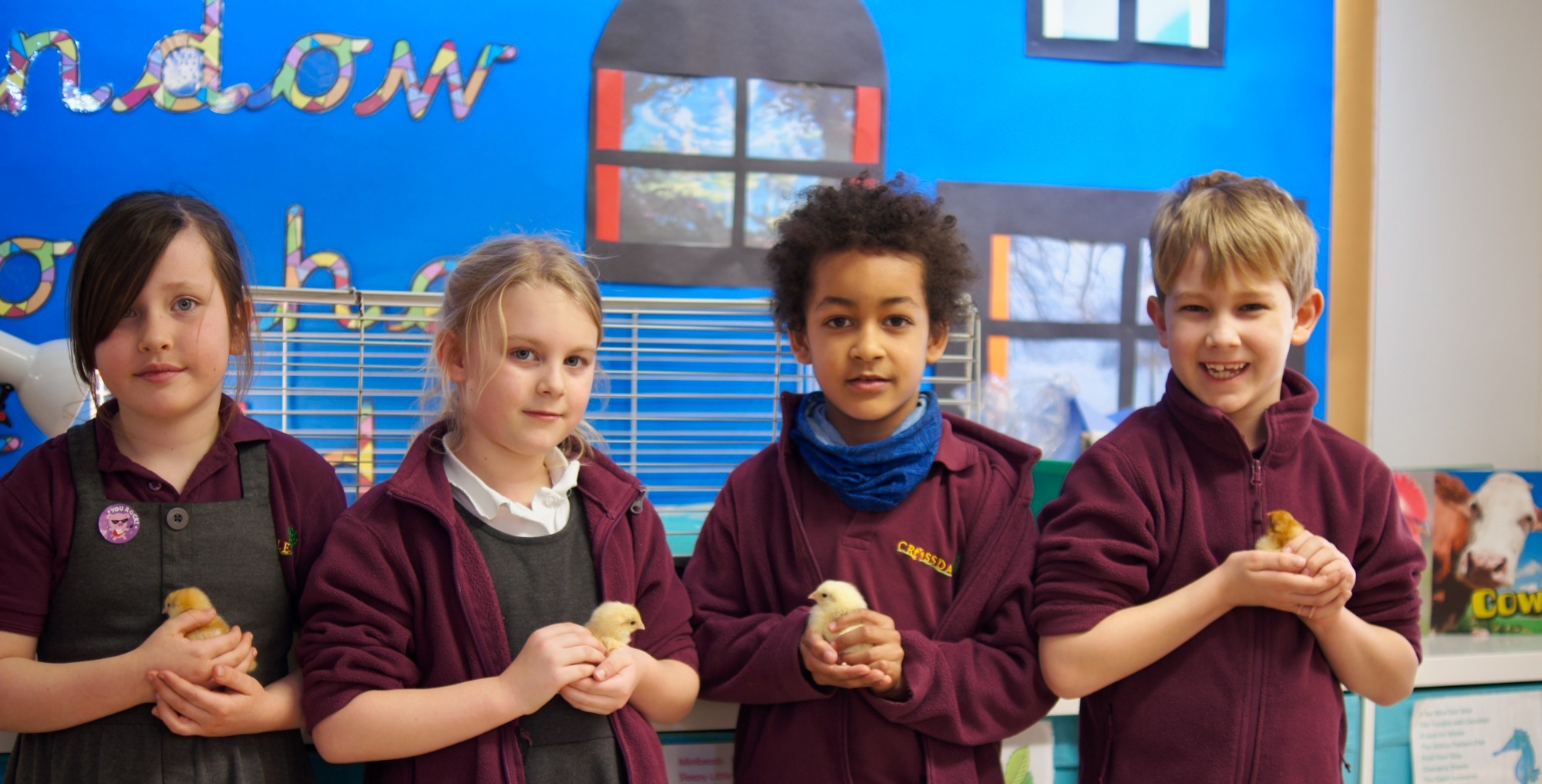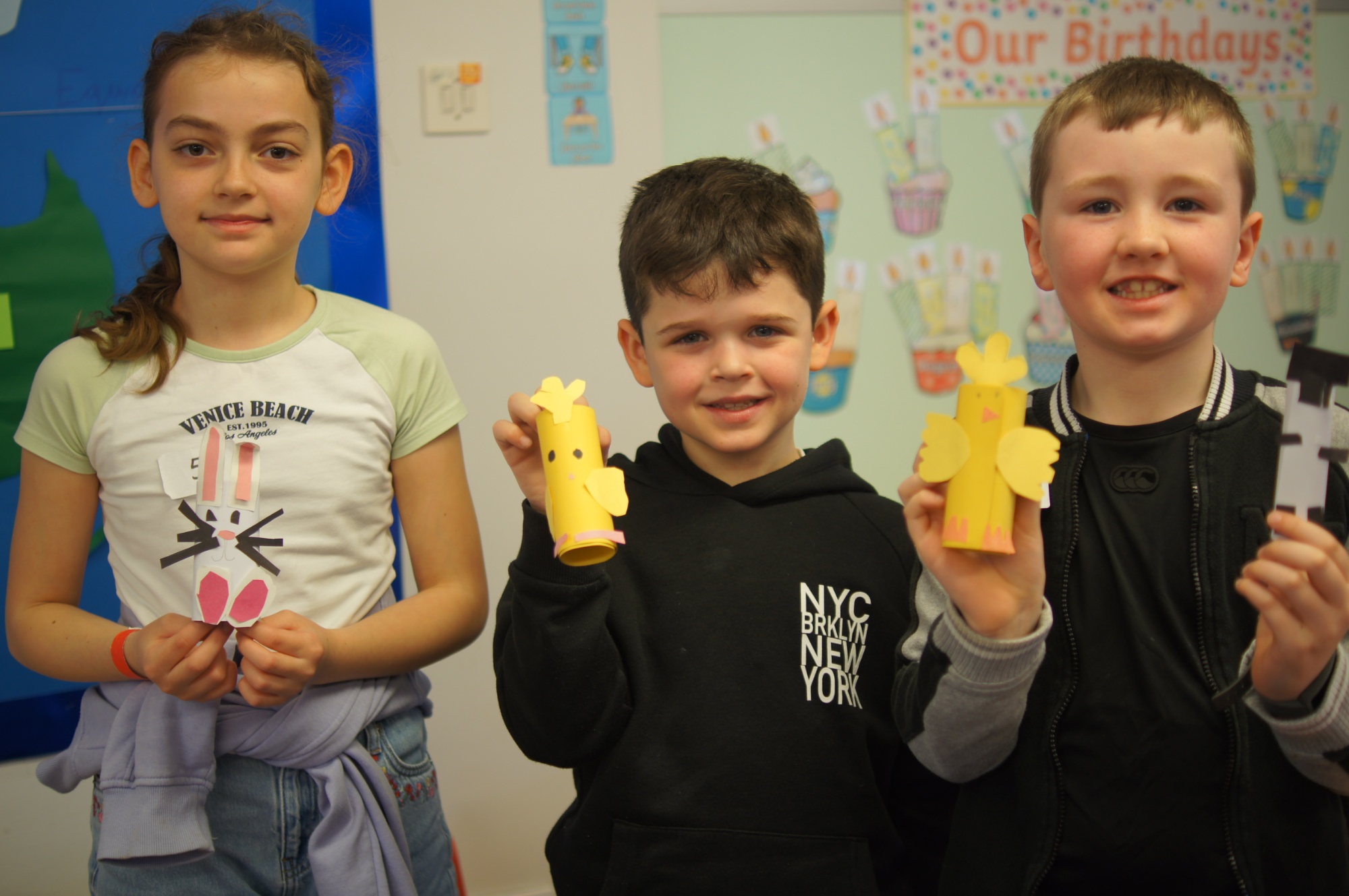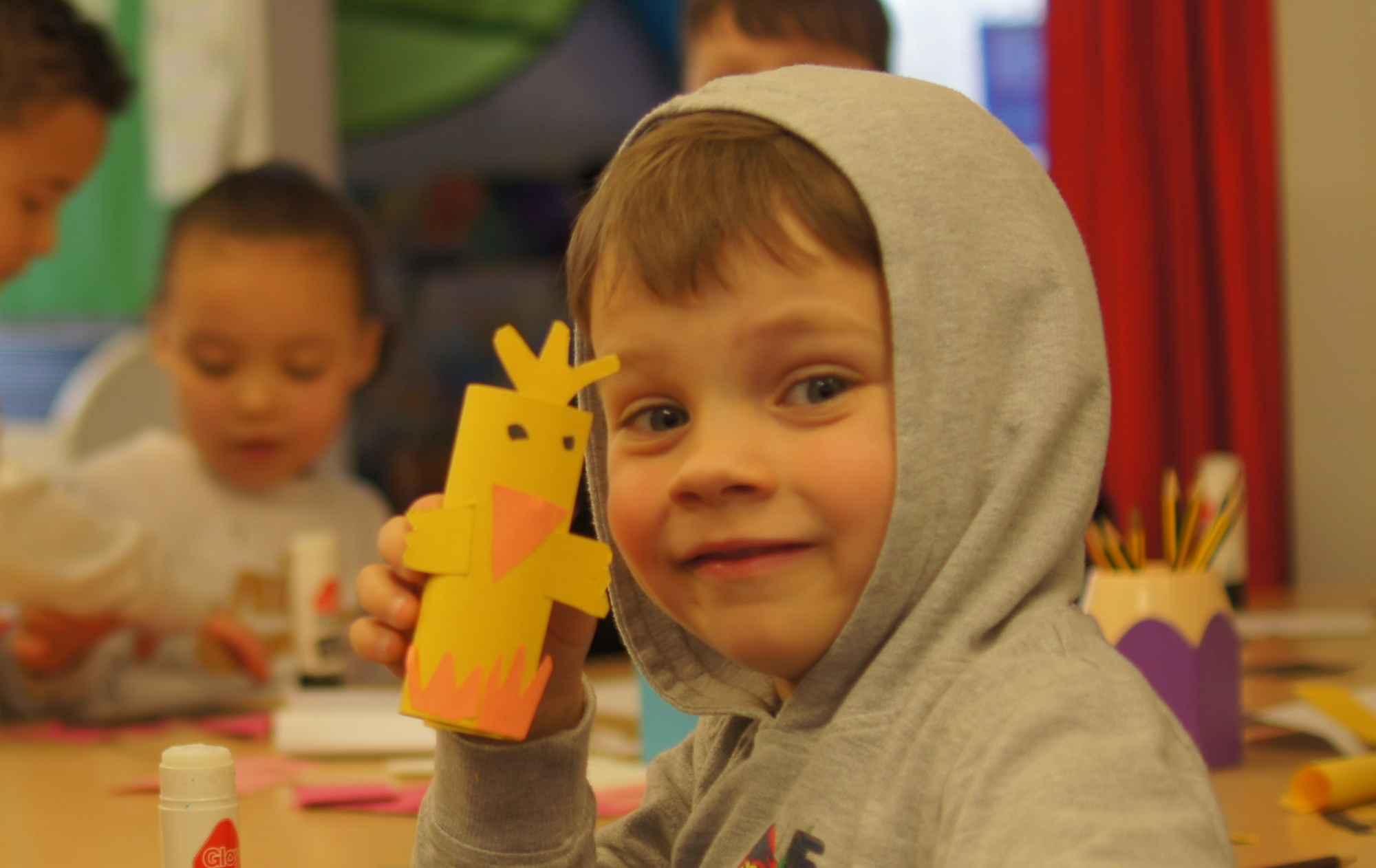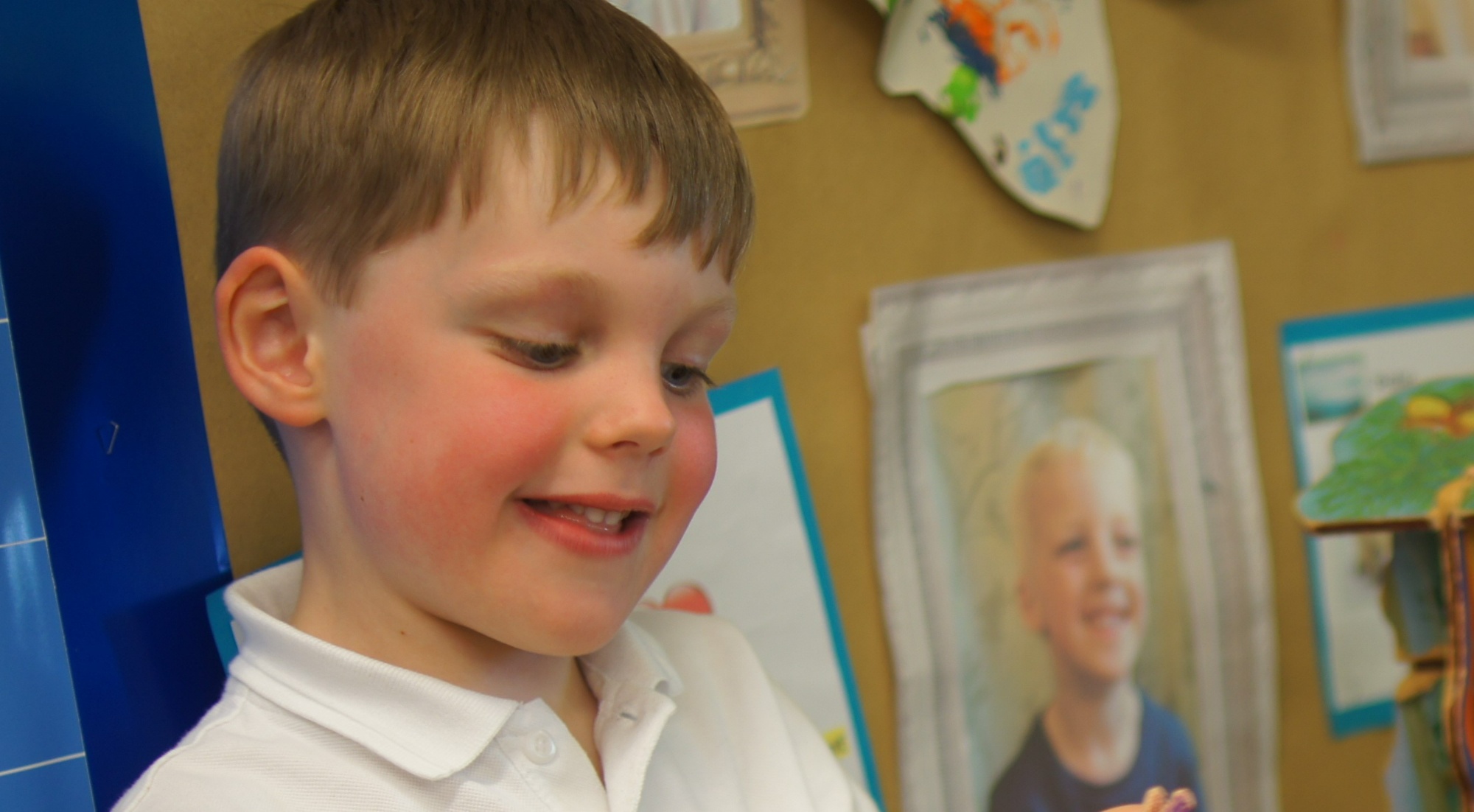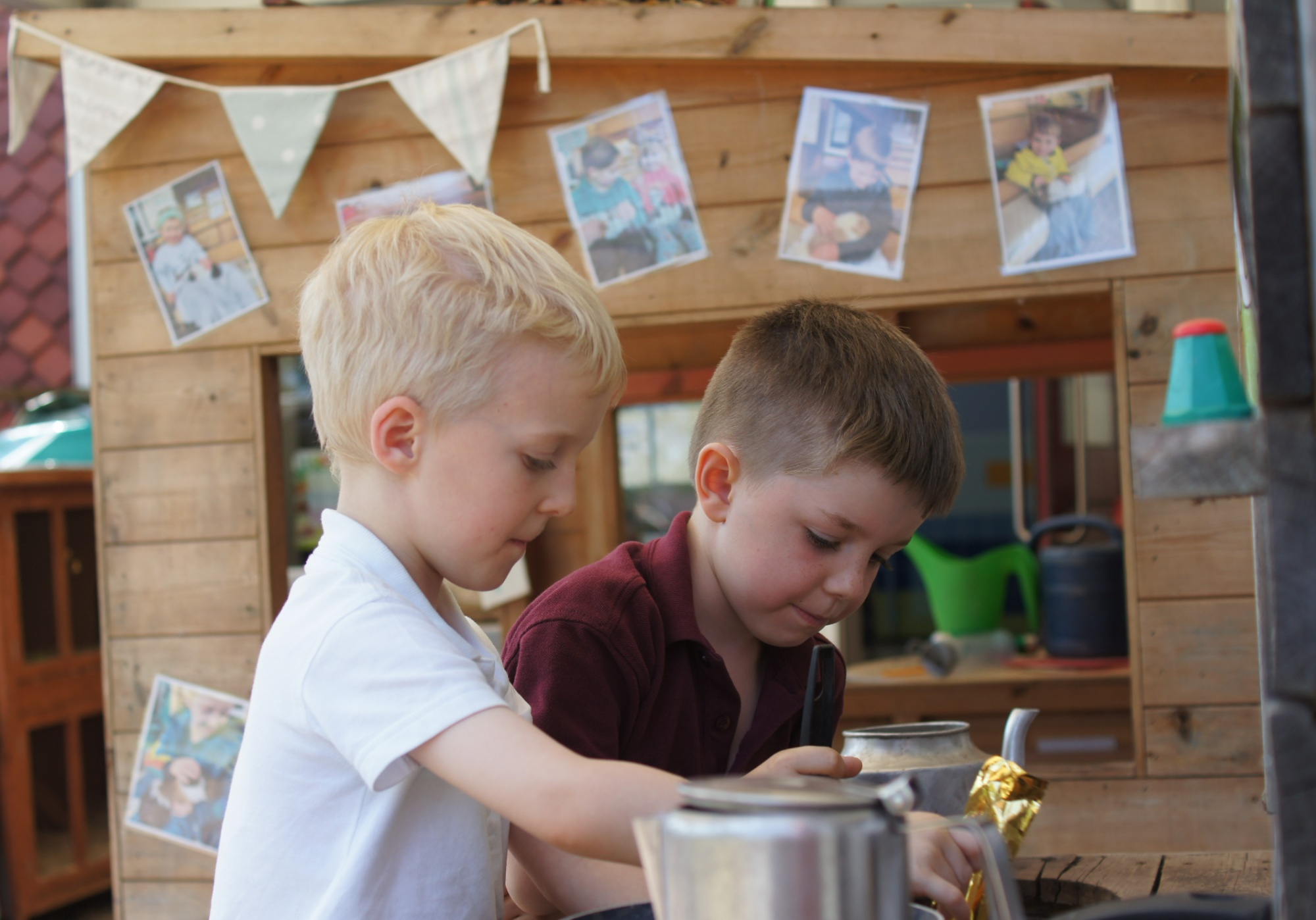Coping with Isolation / Behaviour at Home
Keep it the same… as it’s becoming different.
In times like these, it’s very easy to change the routines, change your general rules about screen time, bedtime, bath time, wake time, snacks or whatever else. Keep a similar schedule from day-to-day and make sure your child gets dressed. Set a wake-up time, a time for lunch, screen time and bedtime. If you can, try to mimic your child’s school day by having periods of time during which certain activities will take place. This will help reduce stress and uncertainty.
Structuring learning
If you have a learning pack from school create a visual schedule with times or durations for each activity and follow it throughout the day. You can download blank timetables from the internet or simply make your own.
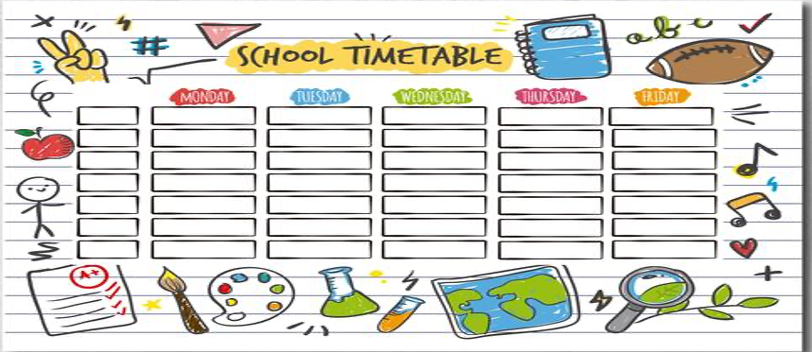
- Regular breaks. On your timetable make it one short activity and then have a snack or a physical break just as they would at school. Gonoodle website is great!
- Pick your battles. If they struggle with an activity do some of it with them so it doesn’t become a battleground. Make it sound fun and interesting.
- Read books with your child. It's not only fun, but reading together strengthens your bond with your child AND helps their development.
- Make time for active play. Bring out the blocks, balls, jump ropes and buckets and let the creativity go. Play games that kids of all ages can play, like tag or duck duck goose. Let your kids make up new games. Encourage older kids to make up a workout or dance to keep them moving.
- Keep an eye on media time. Whenever possible, play video games or go online with your child keeping that time structured and limited. If kids are missing their school friends or other family, try video chats to stay in touch.
- Have fun. Make one activity a day their fun choice so it could be baking, playing a game with you, making a model together, dressing up, planting seeds, having a teddy bears picnic in the lounge, blowing bubbles or making a den in their bedroom. You could make a jar together and they could fill it with suggestions of activities they would like to do with you in the house and garden.
Rules
- Work with your child to draw up some simple rules and expectations for this time.
- Draw them up as a family so they feel involved.
- Go for the positive and link them to your reward chart.
- Display them. Your child could design the poster themselves.
- Be consistent and fair. Make sure you give warnings and choices. ‘Do your writing with my posh pencil or your pencil.’ ‘When the clock says 7pm the television will go off.’
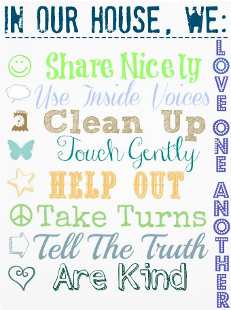
Rewards
Introduce a reward scheme so that you are rewarding positive behaviours. Give your child a tick every time they do the right thing (saying thank you, completing a piece of work, helping their little sister etc) so that after 10 ticks they get a little reward. Make these rewards small such as choosing what’s for tea, choosing the TV programme at 5pm, a sticker, time with you, a favourite story, or save rewards for something bigger. Print a chart from templatelab.com/reward-charts or www.101printable.com-reward-charts-for-kids or make your own.
Reducing anxiety
- Filter information and give simple reassurance. Remind children that researchers and doctors are learning as much as they can, as quickly as they can, about the virus and are taking steps to keep everyone safe.
- Give them control. It's also a great time to remind your children of what they can do to help – washing their hands often, coughing into a tissue or their sleeves, and getting enough sleep.
- Stick to routines. Children may get cranky, be more clingy, have trouble sleeping, or seem distracted. Keep the reassurance going and try to stick to your normal routines.
- Monitor their media. Keep young children away from frightening images they may see on TV, social media, computers, etc. For older children, talk together about what they are hearing on the news and correct any misinformation.
- Mindfulness. Try some of the free activities on smilingminds.au or practise simple breathing exercises or squeezes e.g. childhood101.com/fun-breathing-exercises-for-kids, Cosmic Kids on You Tube or Moovee Calming Breathing and Relaxation
If it goes wrong
- Give yourself a moment. Controlling the way you act, when you feel like you are at breaking point, is important for you and your children. When you notice an emotional response in yourself do something to take the edge off. Have a cup of tea, go for a walk, play music, have some chocolate, run a bath etc. Model a calm response. Your child will learn from you.
- Think positive Instead of getting too stressed about your child’s bad behaviour, look out for and reward their good behaviour.
- Laugh. Humour can take the heat out of a situation and can even make everyone forget about what’s made them angry. Try to see the funny side of things if you can.
- Use distraction Fetch a new game or offer a snack to change the mood.
- Strike when the iron is cold. Unless your child is unsafe, wait until you are both calm before dealing with an incident. Giving them a snack and drink first often helps.
Keeping positive
- Praise is always better than criticism. Try “You are so good at tidying away. Can you put the Lego in the box before I make your drink?”
- Use ‘when and then.’ “When you are dressed, then you can get a snack.”
- Tell them calmly and clearly exactly what you want them to do. “Bottom on the chair, book on the table. Thank you.”
- Give them some ‘take up time’ and repeat using the same words.
- Praise specifically. “I like the way you kept going even when you found it tricky.”
Finally, try and enjoy some precious family time with your child.
RUSHCLIFFE PRIMARY BEHAVIOUR PARTNERSHIP

